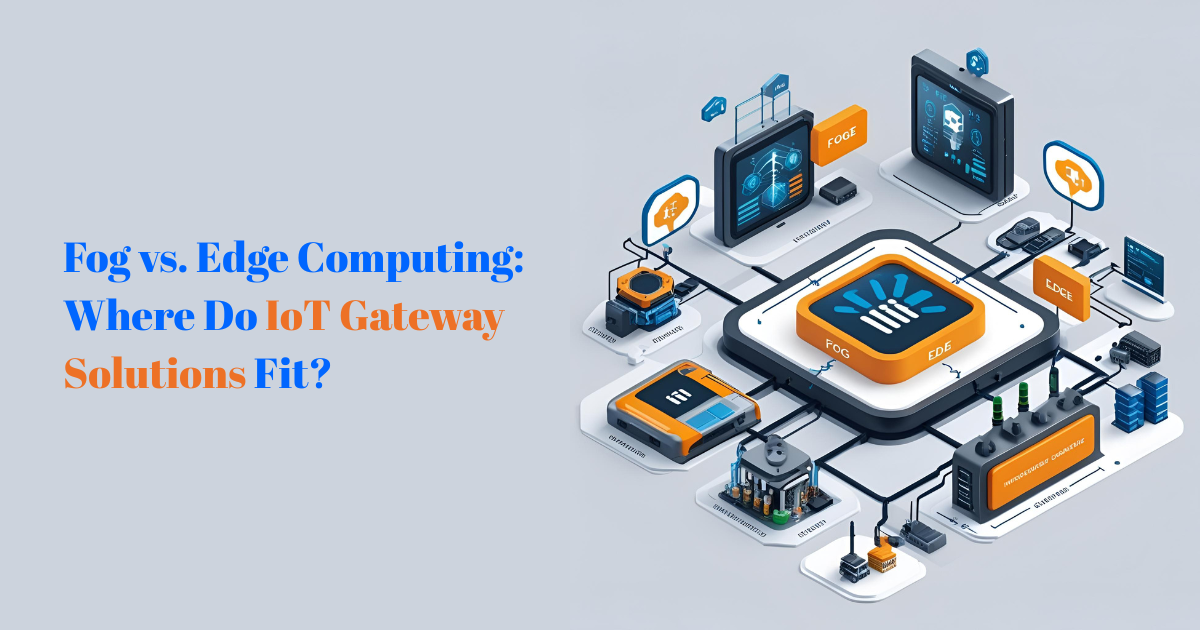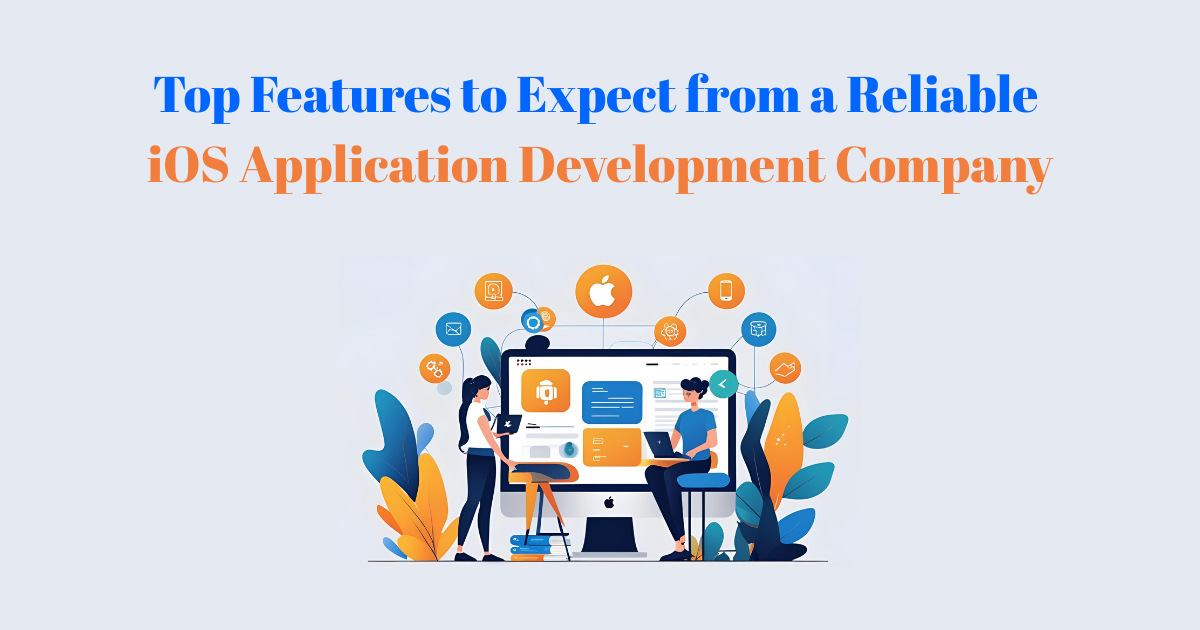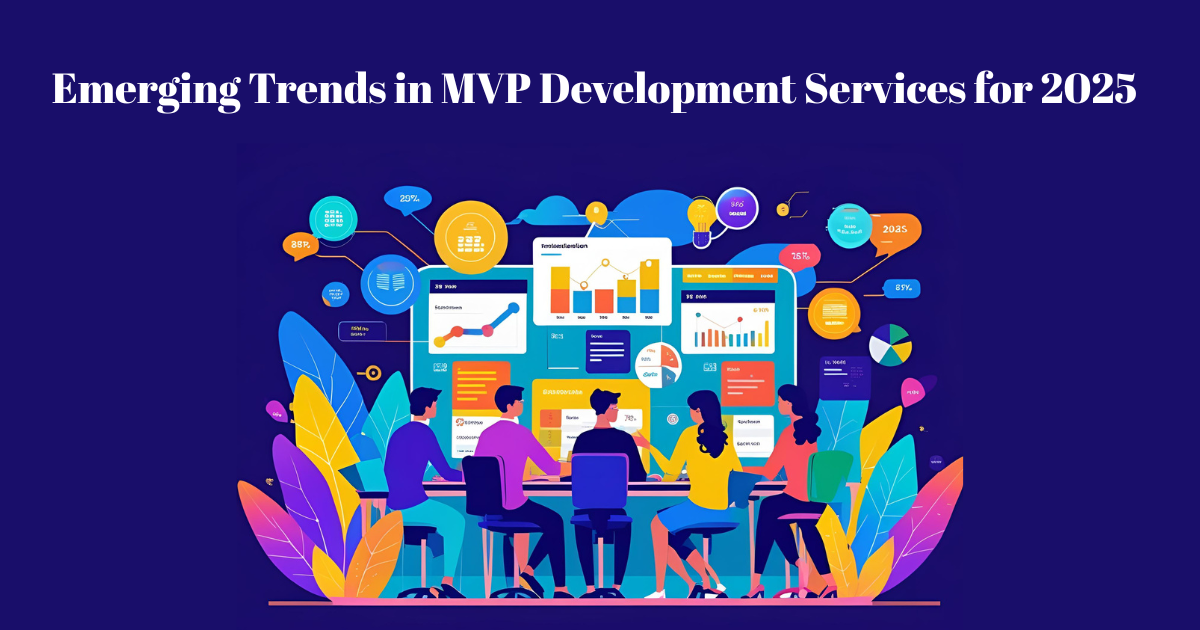Fog vs. Edge Computing: Where Do IoT Gateway Solutions Fit?

Strong 8k brings an ultra-HD IPTV experience to your living room and your pocket.
The Internet of Things (IoT) has rapidly evolved from simple sensor networks into complex systems driving critical applications in healthcare, manufacturing, transportation, and smart cities. As the volume, variety, and velocity of data increase, traditional cloud computing often falls short in delivering the ultra-low latency, high reliability, and real-time responsiveness required by modern applications.
This is where Edge Computing and Fog Computing come into play. Both paradigms aim to process data closer to the source, minimizing latency and bandwidth usage. However, they differ in terms of architecture, functionality, and scope.
A key enabler of these distributed computing frameworks is the use of IoT Gateway Solutions. These gateways not only bridge devices and networks but also perform critical tasks such as protocol translation, data preprocessing, security enforcement, and sometimes even machine learning inference.
What Is Edge Computing?
Edge Computing is a distributed computing paradigm where data is processed at or near the point of generation—at the "edge" of the network. This could be on the device itself or on a nearby computing node such as a gateway or local server.
Key Characteristics of Edge Computing:
- Proximity to data source: Enables real-time decision-making.
- Low latency: Crucial for time-sensitive applications.
- Reduced network load: Only essential or aggregated data is transmitted to the cloud.
- Device-centric: Typically used in scenarios with constrained or embedded devices.
Example:
Imagine an industrial machine on a factory floor that generates vibration data every second. Using edge computing, a local processor or gateway analyzes the data in real time to detect anomalies, triggering immediate action without waiting for cloud-based analytics.
What Is Fog Computing?
Fog Computing extends the edge by introducing an intermediate computing layer between the edge devices and the cloud. These fog nodes are often more powerful than edge devices and can perform more complex processing tasks, including data enrichment, filtering, and advanced analytics.
The term "fog" implies a cloud that’s closer to the ground. It was coined by Cisco to describe a decentralized computing infrastructure that complements both cloud and edge.
Key Characteristics of Fog Computing:
- Hierarchical model: Bridges the gap between edge and cloud.
- Distributed processing: Reduces reliance on centralized data centers.
- Greater compute and storage capacity than edge nodes.
- Supports applications with moderate latency and bandwidth requirements.
Example:
In a smart city environment, traffic data from multiple intersections can be collected and analyzed by fog nodes situated at local substations or network hubs. These fog nodes manage traffic flow, detect congestion, and communicate summarized insights to the central cloud.
Fog vs. Edge Computing: Key Differences
While both paradigms reduce cloud dependency and bring computation closer to the data source, there are important differences in structure, purpose, and capabilities.
| Aspect | Edge Computing
|
Fog Computing
|
| Processing Location
|
At or near IoT devices
|
Intermediate layer between edge and cloud |
| Latency
|
Ultra-low (milliseconds)
|
Low to moderate
|
| Architecture
|
Highly decentralized
|
Hierarchical and distributed
|
| Processing Power | Limited (embedded devices or simple gateways)
|
Higher (mini-servers, local data centers)
|
| Use Case Fit
|
Real-time control, embedded systems
|
Complex analysis, multi-device coordination
|
Edge computing is best suited for ultra-low-latency, device-level interactions, while fog computing handles more complex, aggregated analytics and acts as a bridge between the edge and the cloud.
The Central Role of IoT Gateway Solutions
What Are IoT Gateway Solutions?
IoT Gateway Solutions are physical or virtual devices that sit between IoT devices (sensors, actuators) and backend services or cloud platforms. Their primary role is to serve as a conduit for data transmission. However, modern gateways offer advanced features that make them integral to both edge and fog computing environments.
Key Functions of IoT Gateway Solutions:
1. Protocol Translation:
- IoT ecosystems often consist of heterogeneous devices using various protocols like MQTT, CoAP, Zigbee, LoRaWAN, BLE, and Modbus.
- Gateways translate these into IP-based protocols compatible with cloud systems.
2. Data Filtering & Aggregation:
- Reduces bandwidth by eliminating redundant or unnecessary data.
- Supports real-time decisions by summarizing or transforming raw data.
3. Security Enforcement:
- Acts as a firewall for edge devices.
- Supports authentication, encryption, and anomaly detection.
4. Local Intelligence:
- Supports AI/ML inference using models trained in the cloud.
- Enables intelligent control actions without cloud dependency.
5. Device Management:
- Handles firmware updates, configuration, provisioning, and diagnostics.
How IoT Gateway Solutions Fit In:
| Functionality
|
Edge Computing Role
|
Fog Computing Role |
| Data Routing
|
Routes data from sensors to cloud
|
Routes data between edge and fog nodes
|
| Local Processing
|
Executes lightweight logic and filtering
|
Performs batch analytics and coordination
|
| Intelligence
|
Controls actuator behavior in real time
|
Executes complex business logic closer to data source
|
| Security
|
Protects endpoints from threats
|
Enforces security policies across edge clusters
|
In both paradigms, IoT Gateway Solutions act as the intelligent boundary layer—securing, optimizing, and enabling real-time interactions in complex, distributed networks.
Real-World Use Cases
1. Industrial Automation
- Edge Layer: Gateways collect real-time sensor data from robotic arms.
- Fog Layer: Local servers analyze performance trends and detect equipment wear.
- IoT Gateway Solutions: Ensure secure and deterministic communication between PLCs and cloud systems.
2. Smart Agriculture
- Edge Layer: Gateways process soil moisture and pH data.
- Fog Layer: Aggregates weather forecasts and regional crop data.
- IoT Gateway Solutions: Trigger irrigation or fertilization events locally.
3. Healthcare
- Edge Layer: Gateways monitor patient vitals using connected medical devices.
- Fog Layer: Hospitals use fog nodes to manage local EMR systems securely.
- IoT Gateway Solutions: Maintain data integrity and support HIPAA-compliant communication.
4. Smart Grid
- Edge Layer: Collects data from smart meters and local transformers.
- Fog Layer: Performs regional energy demand forecasting.
- IoT Gateway Solutions: Enable secure, bi-directional communication between grid components.
Integration Challenges
Despite their benefits, integrating IoT Gateway Solutions into edge/fog systems poses several challenges:
- Scalability: Gateways must be able to handle thousands of connected devices without degrading performance.
- Security: Edge devices are vulnerable to physical and cyber threats. Gateways must implement strong authentication and encryption measures.
- Data Management: Differentiating between data worth processing at the edge/fog vs. cloud requires intelligent algorithms and policies.
- Interoperability: Supporting various protocols and vendor devices demands customizable and standards-compliant gateways.
- Maintenance & Updates: Gateways must support over-the-air (OTA) updates for firmware and security patches, especially in remote locations.
Future Trends and Innovations in IoT Gateway Solutions
As distributed computing paradigms evolve, IoT Gateway Solutions are becoming smarter, lighter, and more autonomous.
- AI at the Edge: Gateways are increasingly equipped with AI accelerators (e.g., GPUs, TPUs) to perform real-time analytics without cloud reliance.
- 5G Connectivity: High-speed, low-latency 5G networks are redefining how gateways communicate with cloud and fog nodes.
- Blockchain Integration: Some gateways now support blockchain-based data validation and smart contracts for secure, tamper-proof operations.
- Containerized Applications: Gateways can now host microservices using Docker/Kubernetes, enabling dynamic updates and service orchestration at the edge.
- Zero-Touch Provisioning: Automated gateway onboarding simplifies deployment at scale, especially for enterprises with global operations.
Conclusion
Edge and Fog Computing are essential strategies for enabling low-latency, scalable, and secure data processing in the modern IoT landscape. While they serve different purposes, both rely on a critical architectural component: IoT Gateway Solutions.
These gateways are far more than mere conduits. They are intelligent, secure, and capable of local computation—bridging the divide between cloud, fog, and edge infrastructures. As IoT continues to expand across industries, investing in robust, flexible, and scalable IoT Gateway Solutions will be key to harnessing the full power of connected systems.
FAQs
Q1: What is the core difference between edge and fog computing?
Edge computing processes data directly on devices or local nodes, while fog computing introduces an intermediate layer (fog nodes) between edge and cloud for additional processing.
Q2: Are IoT Gateway Solutions necessary in every IoT system?
While not always mandatory, they significantly improve scalability, security, and interoperability in complex deployments.
Q3: Can IoT Gateway Solutions support AI/ML workloads?
Yes, many modern gateways support AI inference engines like TensorFlow Lite or OpenVINO for real-time analytics.
Q4: How do IoT Gateway Solutions enhance security?
They secure communications via encryption, control device access, monitor data integrity, and act as a firewall against threats.
Q5: Do IoT gateways work better in edge or fog environments?
They are adaptable and can be optimized for both. Edge gateways prioritize real-time control, while fog gateways are better for regional analytics and coordination.
Note: IndiBlogHub features both user-submitted and editorial content. We do not verify third-party contributions. Read our Disclaimer and Privacy Policyfor details.





